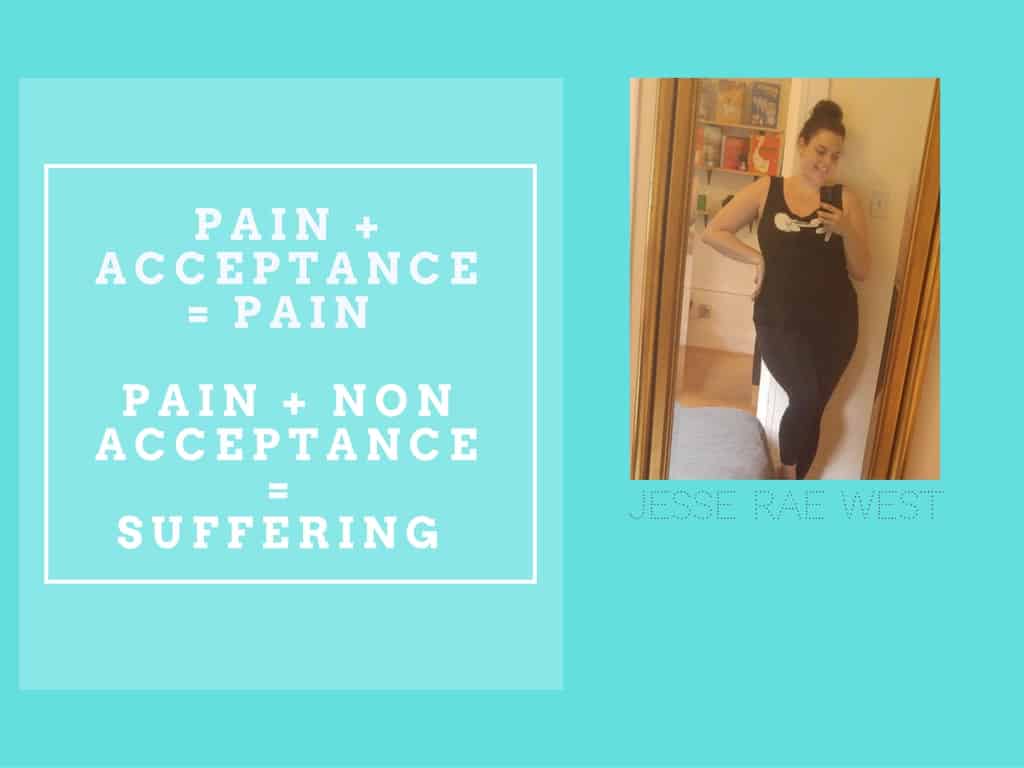Jesse Rae West takes us on her journey of healing through her Borderline Personality Disorder. Read part 1, part 2, and part 3.
This week marks one month of being in weekly therapy as part of a Dialectal Behaviour Study program. So far I’ve been shocked at how quickly I’ve felt myself making progress. Obviously I am not suddenly a changed person, though I do feel like I’m waking up every day with new tools that are helping me find happiness more often. This is a very new feeling for me. Healing isn’t linear and I’m thoroughly enjoying this incline.
Every week I have three hours of therapy, two of which are a DBT skill-building group. My one-on-one therapist and I are still getting to know each other, but I feel very confident in her ability to help me. (It’s a huge privilege to get this help from someone who seems to understand a lot of what is going on in my brain. I feel very lucky.)
Last week I wrote about practicing mindfulness, to which I’ve become quite committed. I’m trying to get in the habit of making it my first step when I’m feeling emotionally distressed. It’s also fun to practice in moments of low stress (walking to work, having a shower, cuddling with a cutie) as you’re more present in that moment and can focus on every sensation. I think mindfulness eventually becomes a habit, which allows for longer stretches of happiness.
This week I’ve been learning about Crisis Survival and Distress Tolerance. It feels like I’m entering level two in video game. I’m starting to build on my mindfulness skills with other new skills that are allowing me to survive my most intense moments.
I was shown an equation this week that went something like this:
Pain + Non Acceptance = Suffering
Pain + Acceptance = Pain
If I can radically accept whatever pain I am feeling, I’m left with just pain, whereas if I try to reject what is happening or worry/obsess over trying to change a painful reality, then I’m left with not only pain but also a hefty dose of suffering. I’ll never be able to achieve zero pain; life has some very hard and sad moments. But by accepting pain as it is and rejecting the urge to catastrophize or act on impulse, I’m reducing the intensity and duration of the feelings.
I’ve always wanted to reject the urge to catastrophize things but have never known how. When something awful would happen, I would react in very emotional ways. This would often happen when I felt I was about to be abandoned or wasn’t strong enough to handle something on my own. Now I’ve adopted this new process where I engage my reasonable mind and assess whether or not my reaction is productive or unproductive.
I’ll share with you a brief breakdown of this very helpful tool. Let’s say you found an old love letter from an ex that made you feel full of confusion and sadness. You have two (okay maybe more) options: you can take a picture of the love letter and text it to your ex with a snarky comment, OR you can ask yourself questions to assess whether this will bring your pain to the level of suffering or just keep it at plain ol’ pain where it can dissipate quicker.
Step one: write down the pros of acting on that impulse. (Temporary relief and a short-term feel good should probably be the only things on that list, though for other problems it may be longer.) Step two: write down the cons of acting on that impulse. You can probably add things like, “It will be damaging to my self-esteem,” and don’t forget the feelings of shame you’ll feel after. Step three: list the pros of resisting the urge to act on that impulse. I’d say the pros of not acting on impulse usually include improved self-esteem, feelings of being in control, building tolerance to pain and most importantly you won’t be creating more problems in your life.
Here’s to the next five months and all of the life changing skills that I am learning.



 Follow Us On Instagram
Follow Us On Instagram
